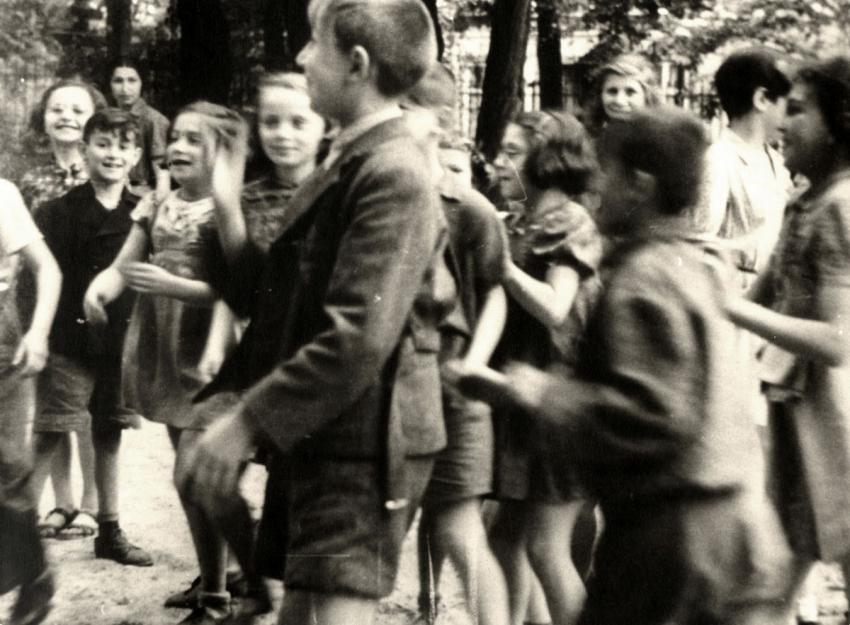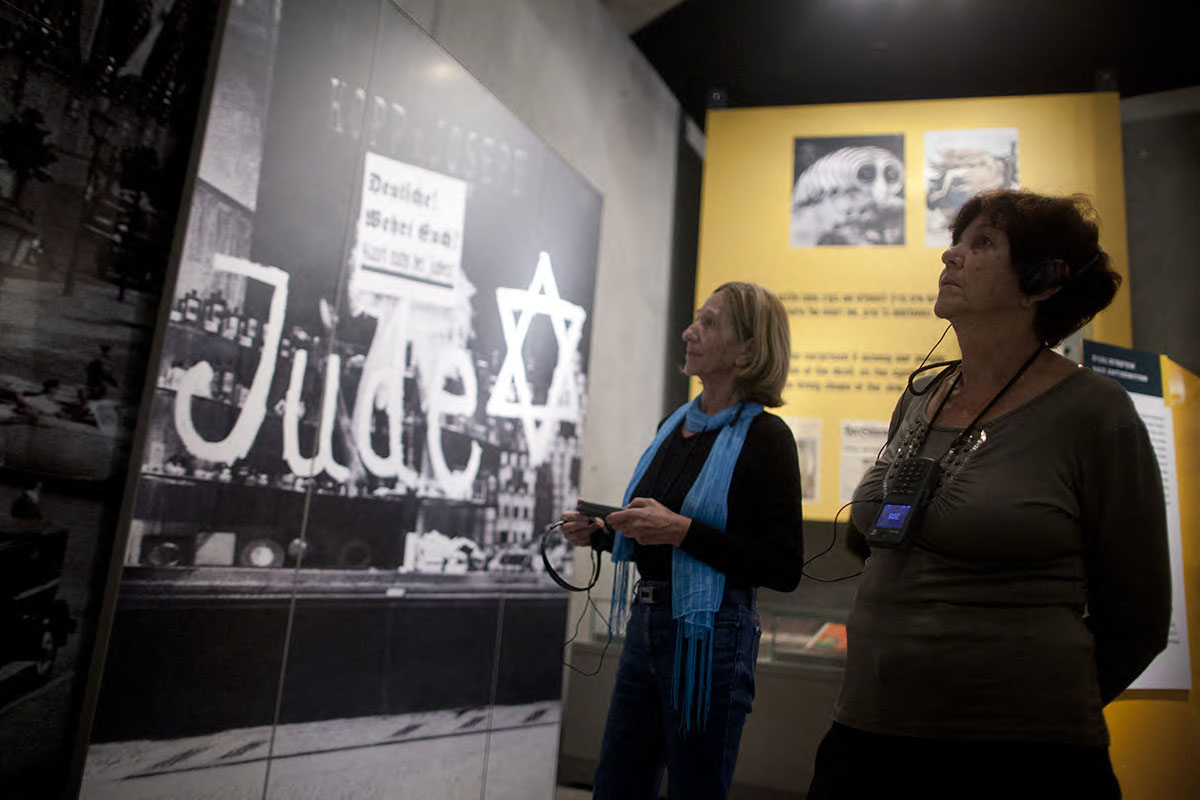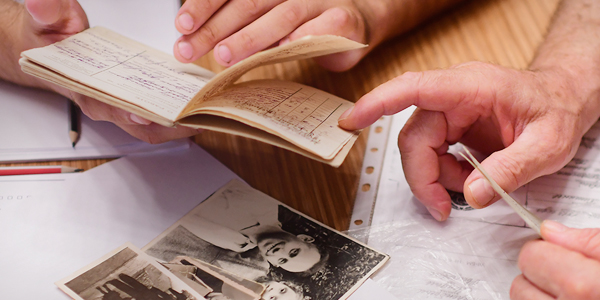Jewish children on Rathaus Street (Rathausstrasse) in the Terezin ghetto during a visit by the Red Cross on 23 June 1944. The Germans gave these children a one-off pass to be on the street during the Red Cross visit, as part of an effort to create the fiction that the Jews of the Terezin ghetto led a comfortable and happy life. Following the visit, a Red Cross representative reported that Terezin was a "city like all others", and that its inhabitants received larger food rations than the general populace. The delegation was not aware of the tens of thousands of Jews who had been deported to the East. Over 150,000 Jews were deported to the Terezin ghetto from all over Europe, particularly from western Europe. Some 90,000 of them were deported to the extermination camps, principally Auschwitz. Over 30,000 more perished in the ghetto itself from cold, starvation and disease.
Sunday to Thursday: 09:00-17:00
Fridays and Holiday eves: 09:00-14:00
Yad Vashem is closed on Saturdays and all Jewish Holidays.
Entrance to the Holocaust History Museum is not permitted for children under the age of 10. Babies in strollers or carriers will not be permitted to enter.







